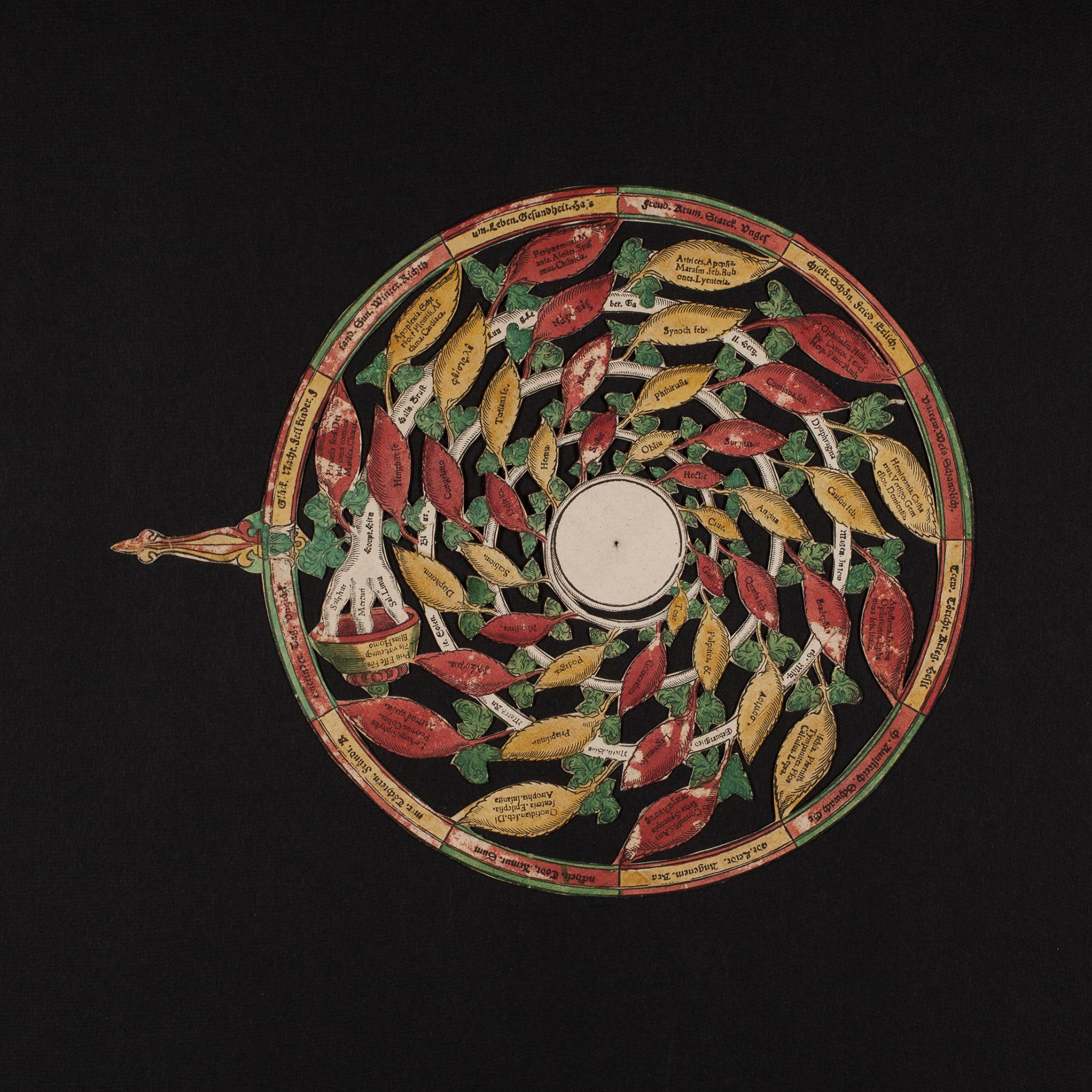Dive into the intricate workings of the Astrolabium, an addition to Thurneisser’s Archidoxa, and explore how this Renaissance masterpiece combined art, science, and divination.
Origins in Hellenistic Greece
Over 2,000 years ago, in the heart of Hellenistic Greece, an ingenious device emerged that would transform the way humanity understood the cosmos: the astrolabe. While computers, calculators, and digital watches have become the go-to gadgets of our day, the astrolabe was a pinnacle of technological advancement in ancient times. Crafted as an analog calculator, it was meticulously designed to decode a plethora of astronomical observations, assisting scholars in surveying an area and determining latitude and time.

Evolution in the Islamic World and Western Europe
Rather than remaining stagnant, the technology of the astrolabe travelled across continents and cultures. Metal, with its durability and precision, became the primary material of choice for its construction. The Islamic Golden Age, a period renowned for its intellectual pursuits and advancements in various sciences, witnessed a proliferation in the use and modification of the astrolabe. Arab scholars made vital enhancements, both in terms of its design and its application.

By the time the astrolabe reached the shores of Western Europe, it was ripe for further adaptation. Throughout the Middle Ages, the astrolabe transitioned from being purely a scientific tool to holding significant cultural, religious, and esoteric importance. It was no longer only in the hands of astronomers. Astrologers, physicians, and various other professionals, for whom religious beliefs and medical practices often went hand in hand, adopted the astrolabe. They saw in it an instrument to track planetary motions and decode their influences on the Earth and its inhabitants.
Leonhard Thurneisser and the Legacy of the Astrolabe in the Renaissance
Fast forward to the 16th century, the astrolabe found an ardent advocate in Leonhard Thurneisser, also known as Thurneysser (circa 1530-96). Enthralled by the mysteries of the cosmos, Thurneisser’s expansive knowledge, which encompassed various fields of study, earned him renown as an intellectual and a much-sought-after miracle doctor. His services were in high demand at the noble court in Brandenburg, Germany.

Discovering More Historical Marvels
However, not all regarded him with respect. While his intellectual pursuits should have solidified his place in the pantheon of great minds of his time, his interests in fields deemed “unscientific” by some, such as alchemy and astrology, led to skepticism and even derision among his peers. Undeterred by these criticisms, Thurneisser made an indelible mark with his publication, the Archidoxa, in 1569. This monumental work was a compendium of astrological predictions, theories, and groundbreaking ideas.

But Thurneisser didn’t stop there. In 1575, he introduced an addition to the Archidoxa named the Astrolabium. This fascinating adjunct was characterized by volvelles or rotating wheel charts, a concept that provided individual horoscopes to seekers. The intricate details, artwork, and functionality of the Astrolabium made it a marvel of its time. Thanks to the artistic talents of Peter Hille, each page of the Astrolabium boasted hand-colored plates, each capturing a distinct constellation and representing Des Menschen Cirkel und Lauff, or “man’s circle of life.” With layered volvelles that could be spun, users could align the positions of fixed stars with the Baum des Lebens, or the “tree of life.”
An ornate leather binding housed this masterpiece, transforming it from a mere book to a conduit for divination. Its users, armed with knowledge and belief, endeavored to predict their futures, possibly foreseeing everything from personal fates to imminent natural disasters.

The Astrolabium, in essence, served as a precursor to what many today might liken to a medieval Ouija board, though the comparison hardly does justice to the intricate craftsmanship and deep knowledge the former embodies.
Those with an insatiable curiosity for such historical wonders can quench their thirst with the vast resources available at The Library of Congress’s website.
